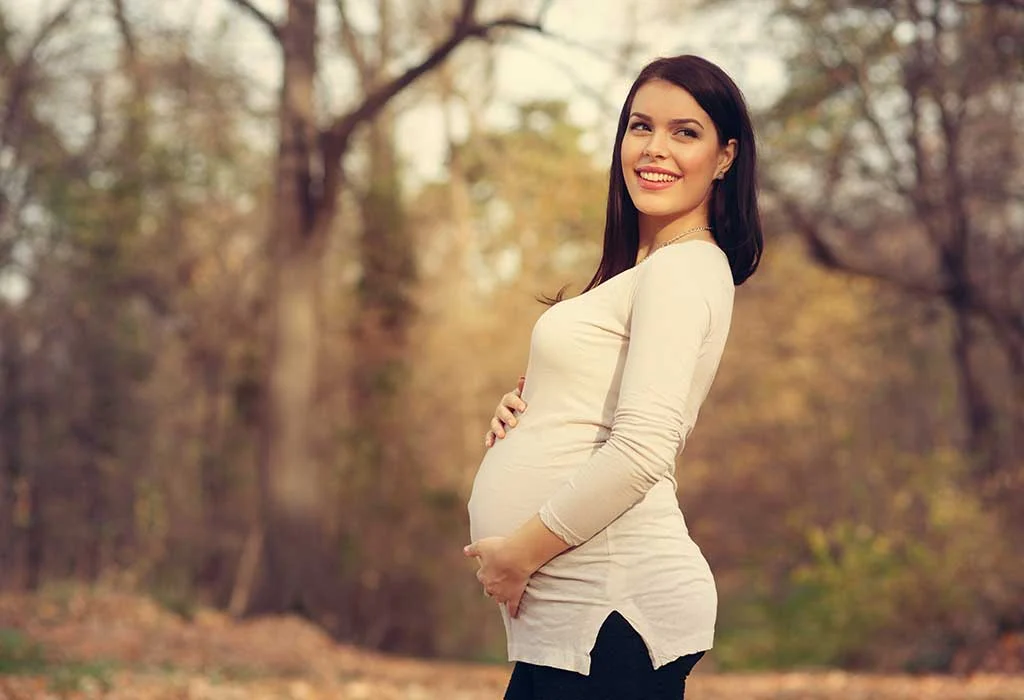Growing up in the 1980s in Eastern Europe, I often heard my mother and her friends talk about what they called “old-age wisdom”: the notion that a woman’s ‘second prime’ begins at forty. As a snarky teenager, I dismissed this idea, attributing it to the frustrations of long wait times in grocery lines. I thought their primes couldn’t possibly reignite at forty. After all, they juggled multiple jobs, crafted five-year plans, and navigated the chaotic streets of Moscow for basic necessities, all while managing demanding families. By the time they hit their forties, I believed their only “second prime” would be a reprieve from parent-teacher meetings and the hunt for scarce goods—if they even achieved the idealistic Communism they had hoped for.
Fast forward to adulthood: the USSR crumbled, and we relocated to the U.S. My mother continued to serve dinner, albeit without the hassle of waiting in line; she simply picked up ready-made meals from the grocery store. Now in her mid-forties, I was still blind to any signs of this so-called ‘second prime.’ Though she no longer faced the struggles of her past, the marks of time were evident—her laugh lines were pronounced, and her wardrobe choices had shifted to accommodate her changing body. To me, she didn’t embody any ethereal ‘prime.’
When I turned 40, the concept of a ‘second prime’ felt like a distant memory. My daughter was entering her tweens, and I was consumed with schoolwork, sibling squabbles, and orthodontic bills. The notion of a renewed life stage seemed as far removed from my reality as my financial obligations were from the American dream.
Then, around the ages of 42 and 43, I sensed a change. The anxieties that once triggered migraines began to dissipate, replaced by a newfound confidence that things would eventually sort themselves out. The nights of insomnia gave way to a calmer mindset, and the fervor with which I engaged in heated discussions dwindled to a fraction of its former self.
This wasn’t apathy; it was a selective approach to caring. I stopped stressing over things I couldn’t control and focused my energy on what truly mattered. My social circle shrank, yet I discovered that the quality of my interactions flourished, leading to more genuine joy.
Of course, I noticed my waistline expanding alongside my happiness. But I took this in stride, clearing out my closet of clothes from my thirties that no longer fit. Clinging to the hope of fitting into old jeans felt unrealistic—not to mention less enjoyable than buying new favorites.
Embracing the word “no” became a liberating part of my vocabulary, much like my shift to an almost entirely organic diet. I released the fantasy of seeking others’ approval and chose instead to embrace self-acceptance. It turned out this was the key to finding true happiness.
As I added more years beyond forty, gratitude filled my life. With the specter of illness and mortality becoming more tangible, I shifted my focus to appreciating the people and experiences I had instead of lamenting what I lacked. Finding silver linings amid life’s challenges became my nightly ritual, often accompanied by a glass of fine red wine.
Months into this transformation, I realized my newfound contentment was more than just a coincidence. Perhaps the ‘second prime’ my mother spoke of wasn’t just a myth after all.
Curious about her perspective, I reached out to my mother. “Do you remember our talks about the second prime?” I asked her during a brief phone call while she was on her way to the nail salon.
“What?” she replied, momentarily distracted.
“You know, the second prime you always discussed with your friends when I was a teenager.”
“Hold on,” she said as I could hear her rolling her eyes on the other end. “Your father is hungry.”
I chuckled; at 64, my dad still hadn’t learned to whip up a meal.
“Now, what was that you wanted?” she asked when we spoke again.
“Never mind,” I replied, realizing that even if she didn’t remember the concept, she was living it. And so was I.
As we navigate through the complexities of life, it’s clear that the allure of a ‘second prime’ may be more than folklore; it can be a beautiful reality.
For those looking to explore family planning options, check out this excellent resource on intrauterine insemination. You can also learn more about the journey of couples using these methods at this authority on artificial insemination. If you’re curious about the process of home insemination, visit this insightful blog post.
In summary, the idea of a ‘second prime’ may hold more truth than we initially realize. As we age, we often find ourselves shedding insecurities and embracing a more fulfilling life, characterized by selective caring and genuine gratitude.
